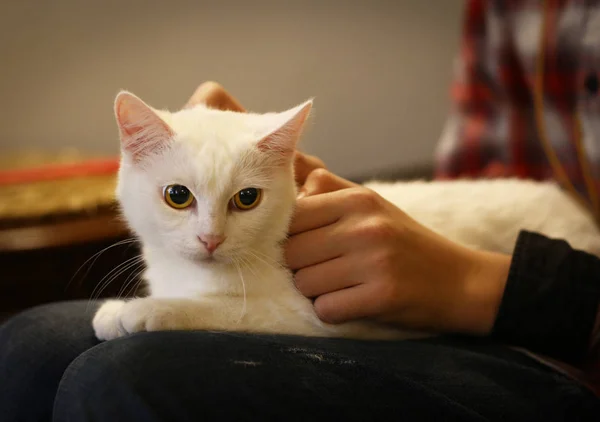
Did you have any idea that something as benign as reaching down to pick up a chair could stress your cat out? To these sensitive, independent animals, the smallest change in the environment can be like a seismic adjustment. And though cats are enigma animals, they’re actually pretty particular about what they need if you’re attuned to the signs.
From the perfect litter box setup to the gentle whisper of a slow blink, professionals are in consensus that it’s not necessarily about coddling your cat but about providing them with a safe, healthy, and contented existence. The best news? Most of these changes are simple, low-cost, and can transform your relationship with your kitty friend.
Here’s what cat behaviorists, veterinarians, and experts say your cat actually needs from you and how to deliver it in ways that have them purring with delight.
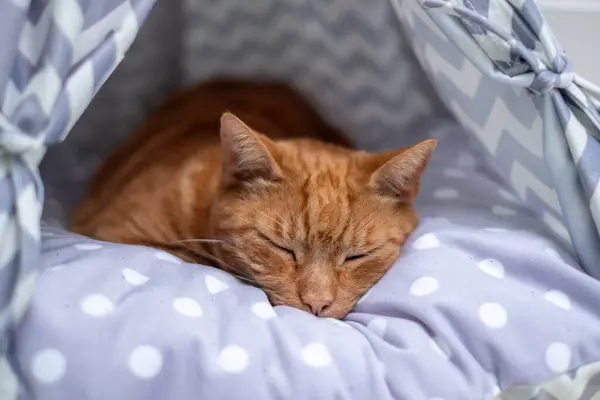
1. A Private Hideaway to Call Their Own
Cats are loners at birth, although they adore you. Stephanie Mantilla, a certified animal behaviorist with Curiosity Trained, explains that having a personal space where nobody children, pets, or visitors is allowed to intrude makes them feel secure. It may be a cat cave, a curtained bed, or even an altered storage box packed with blankets.
For multiple cat households, privacy is essential. Professionals recommend offering various hideaways to avoid territorial tension. These havens aren’t just for napping you guessed it they’re an emotional cushion when the world is too much to bear.
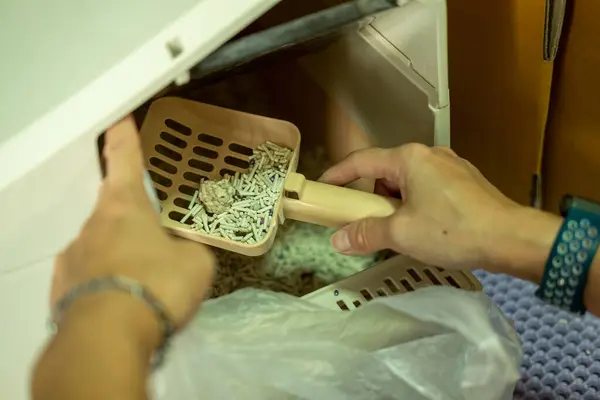
2. The Right Litter Box In the Right Spot
A litter box is not a bathroom, it’s an oasis. Lisa Stemcosky, certified cat behavior consultant, suggests a large, open-top box so your cat has space to move around and can quickly exit in case of surprise. Where it sits matters, too: quiet, accessible spots are best, and where there are multi-level homes, every level requires one.
By the one-per-cat-plus-one rule, even a solitary cat is entitled to two boxes. And skip the scented litter cats’ sensitive noses like low-dust, unscented litter. Scoop them every day and deep-clean them once a week to keep them relaxed and healthy.
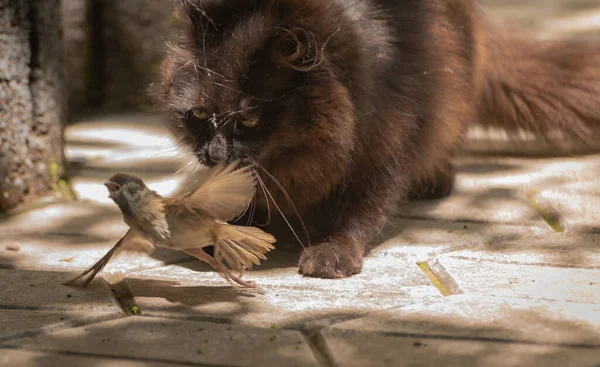
3. Elevated Perches for a Bird’s-Eye View
Cats feel safest when able to observe their universe from high positions. Whether a high cat tree, wall shelves, or window perch, vertical space gives them exercise and control. Dr. Sara Ochoa states that these spaces also serve as escape routes from in-home chaos.
Placing a perch in the path of sunlight streaming through a window offers additional entertainment bird- and squirrel-watching is as much of an intellectual stimulus as a new toy.
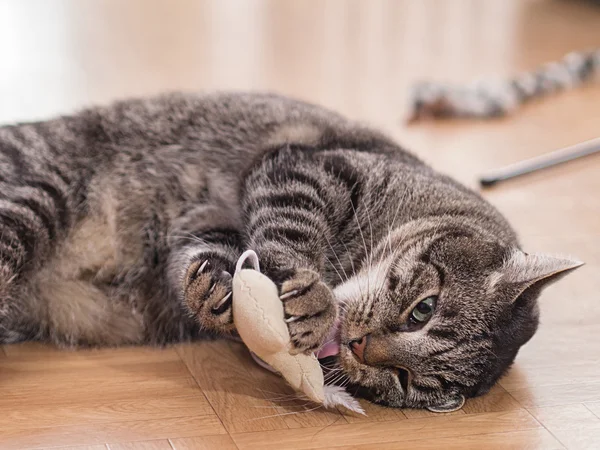
4. Play That Challenges Their Inner Hunter
Yes, even the snuggliest lap cat ever has still-hunting instincts. Stemcosky proposes lure toys that mimic movement of prey, and enrichment specialist Kelley Bollen proposes replacing inexpensive home-made toys like paper bags, wine corks, or cardboard puzzle toys every few days to produce novelty.
Interactive playtime for 20–30 minutes two or three times a day not only suppresses hunting tendencies but also reduces anxiety and binges.
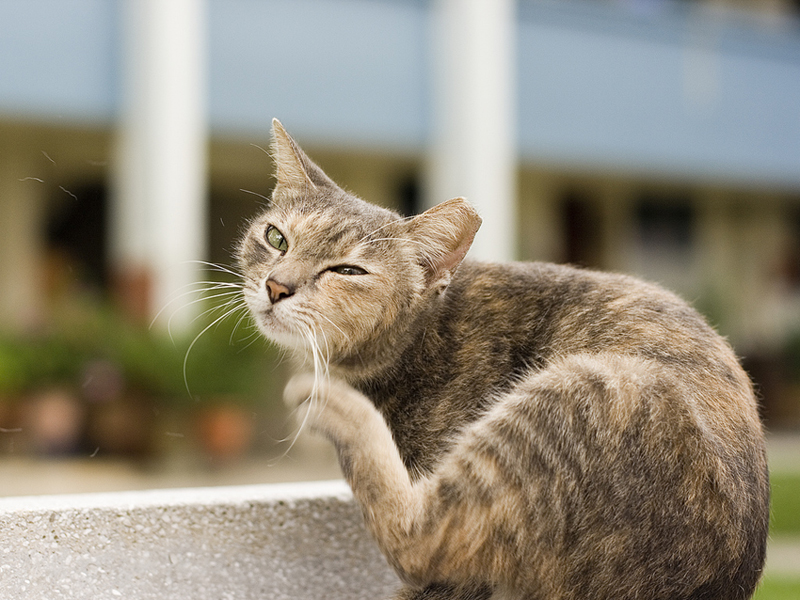
5. Scratching Surfaces They Can Call Their Own
Scratching isn’t bad behavior it’s the way to maintain claw health, stretch muscles, and mark territories. Dawn Kavanaugh, CEO of All About Animals, recommends offering posts made of materials other than your furniture, such as sisal or corrugated cardboard.
Provide vertical and horizontal options, and place them in areas where your cat naturally lingers. That way, they’ll use their post rather than your sofa.
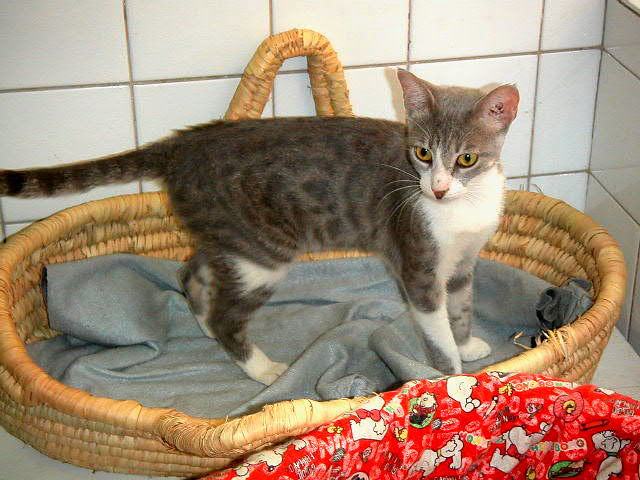
6. Communication Through the Slow Blink
Not all loving is touchy-feely. Russell Hartstein, cat certified behaviorist, informs us that establishing eye contact and reciprocating a slow, long blink is the cat version of saying, “I love you.” When they blink back, it signifies that they are safe and bonded.
It is a subtle gesture that may be especially welcome to shy or adopted cats who are not yet in sync.
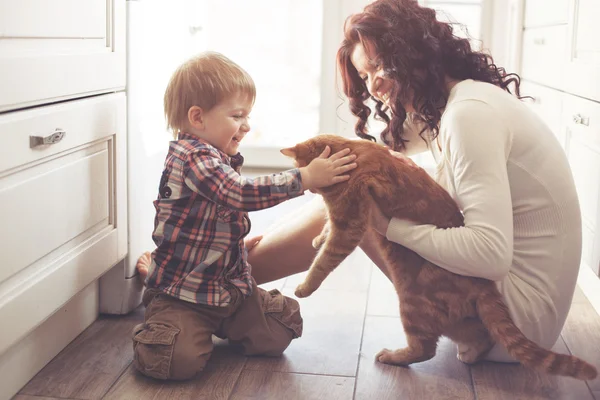
7. A Predictable, Low-Stress Routine
Cats love predictability. Sudden changes like shifting furniture or throwing rambunctious parties are huge stressors, according to feline stress studies. Establish regular mealtimes, playtime, and sleeping spots.
If change is unavoidable, introduce it slowly and pair it with a desirable experience, like a treat or more playtime, to ease the transition stress.
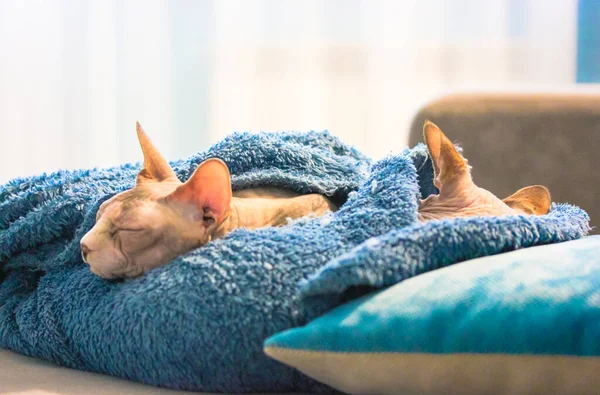
8. Respect Their Personal Space
While some cats might love cuddles, most prefer to be touched on their own terms. Handling forcibly, Mantilla warns, makes other cats wary. Instead, encourage them into your sphere by placing a favorite blanket on the floor and permitting them to initiate contact.
Short, repeated sessions a scratch on the chin or a touch to the head tend to be more enjoyable for cats than prolonged, restrictive holds.

9. Routine Health Check-Ins
Vet appointments can’t be on your cat’s want list, but they’re necessary. Dr. Ochoa underscores that yearly exams identify problems early, from dental to urinary issues. Monitoring for changes in litter box behavior, appetite, or energy levels can also indicate when it’s time for an exam.
And remember: inappropriate urination is seldom spite it’s usually a medical or environmental flag that requires immediate attention.
Treating your cat’s needs is not spoiling them, but understanding the instincts and comforts that make them feel safe, healthy, and loved. By connecting to these expert-approved tips, cat owners can create a home where their feline companions don’t just get by, but flourish.


